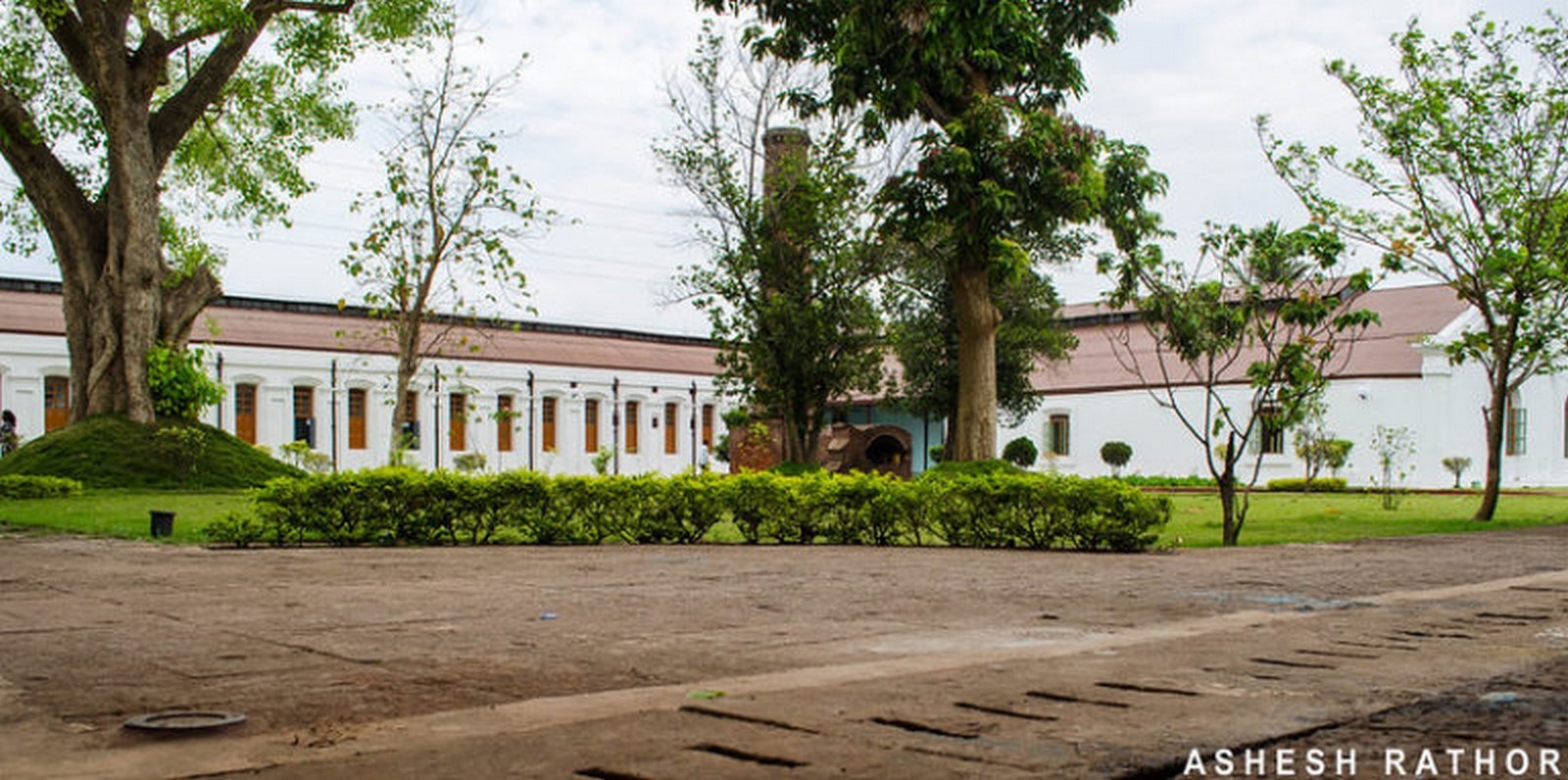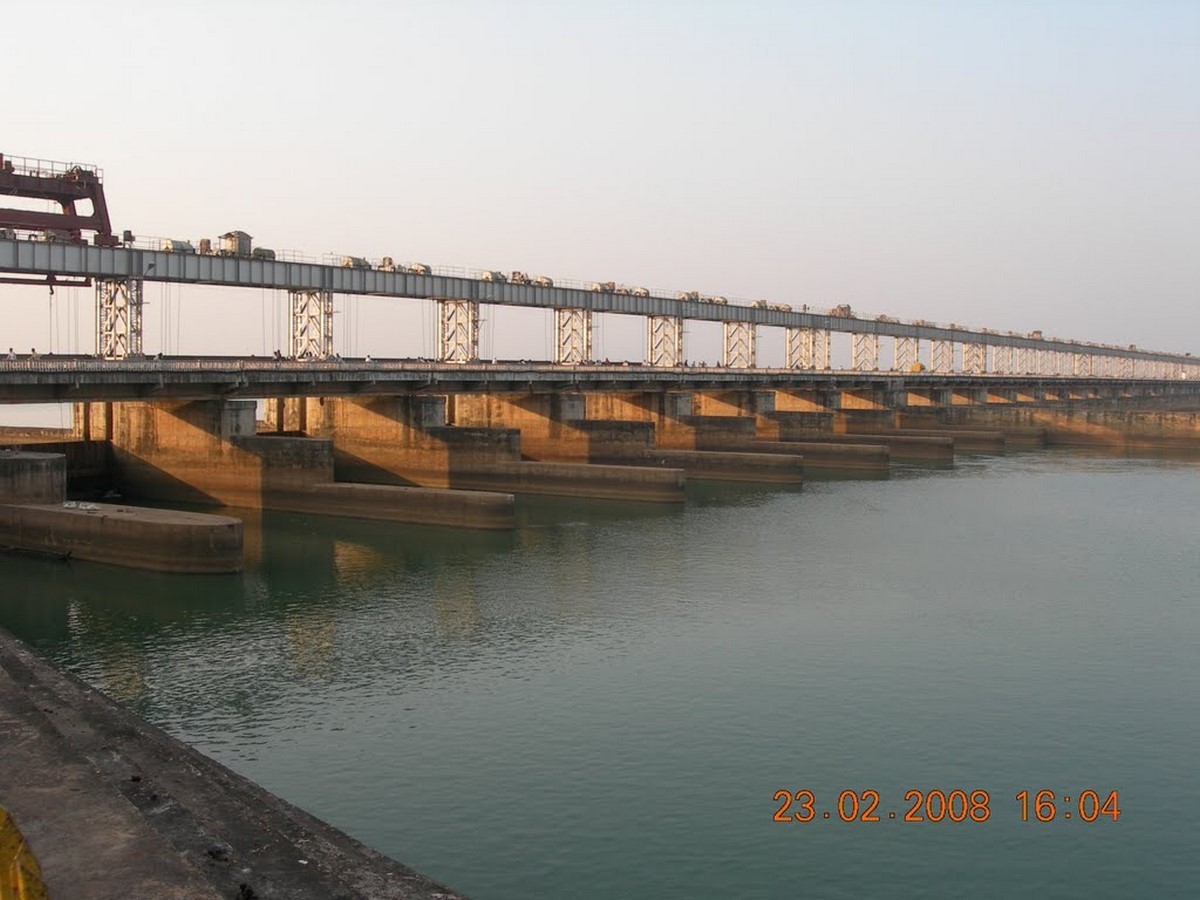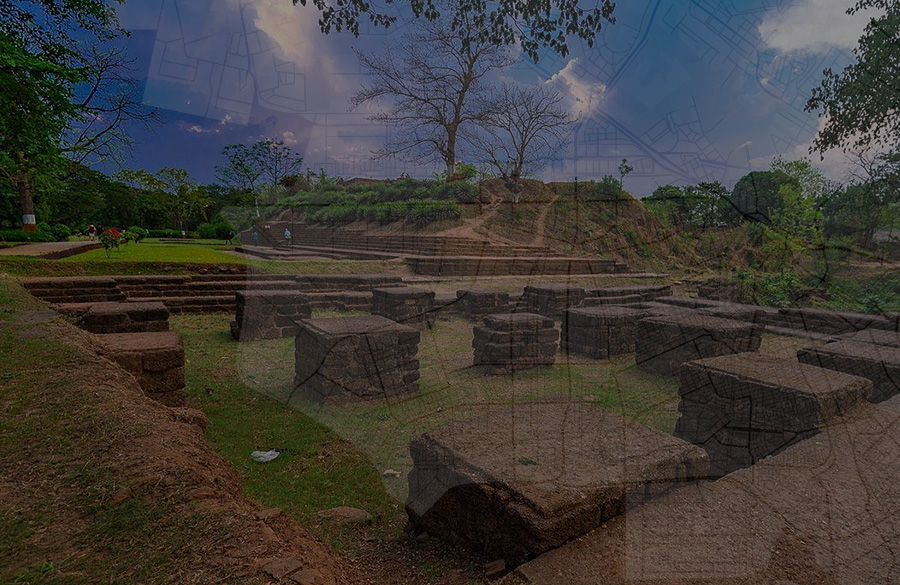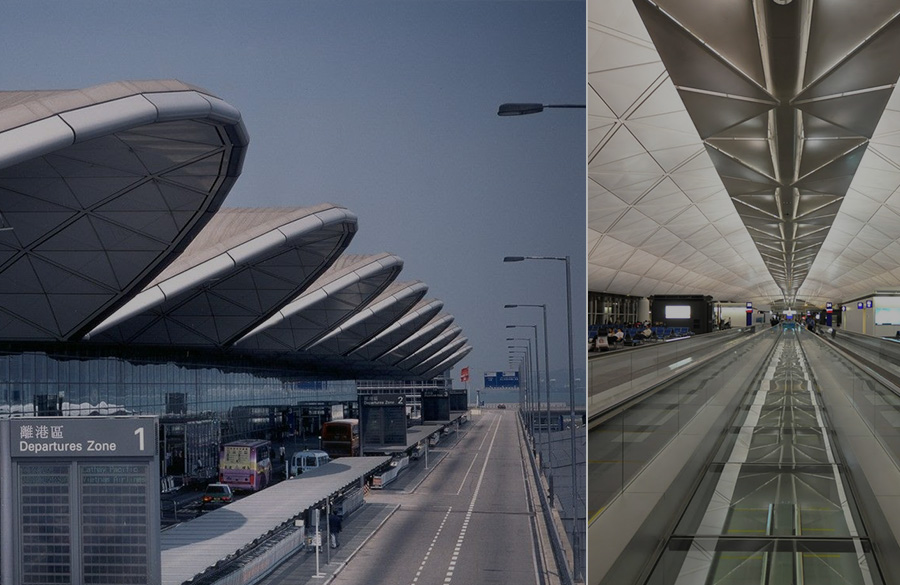Almost as an island in the eastern Indian state of Odisha, Cuttack is located at the head of Mahanadi River Delta (formed by the great river and its tributary, the Kathjuir Rivers). Cuttack’s twin city within 25km, Bhubaneswar stands as the Capital of the state since 1956.
Almost as an island in the eastern Indian state of Odisha, Cuttack is located at the head of Mahanadi River Delta (formed by the great river and its tributary, the Kathjuir Rivers). The city is cited as a millennium city with a 1000-year-old history. Cuttack takes pride in being the state capital for years in the rule of Mughals, Afghans, and Marathas before the British rule. Mughal rule for an extended period resulted in the formation of several Muslim monuments and cultural influence in Cuttack. Hindus and Muslims celebrate every festival like Eid, Baliyatra, Dussehra, and Durga Puja with enthusiasm and bonhomie.

Cuttack’s twin city within 25km, Bhubaneswar stands as the Capital of the state since 1956. Cuttack, since then has enrobed the veil as the commercial hub of the state. Cuttack, rich in its cultural history, extravagance, and brotherhood, is also a tourist destination with the unique beauty of archaeological wonders, enthralling beaches, and ancient temples.
Orissa’s High Court is situated in Cuttack, which makes it the judicial capital of Odisha. With a geographical spread of 192.5 sq km, Cuttack is a commercial core of the state, hosting many trades and businesses. The population of the metropolitan area formed by the Twin-cities was 1.862 million in 2018. This densely populated city is characterized as a Tier-II city in the ranking system by the Government of India. Cuttack being an unplanned city is identified by a tangle of streets and lanes; hence people call it with the name of Bauna Bazaar, Tepana Galle, i.e., 52 markets and 53 streets.

Cuttack is famously known as the silver city, for its internationally acclaimed silver filigree artwork. Thin silver wires modeled into elegant jewelry, utensils, and decorative items are breathtaking. With the unique silver filigree works, woven textiles, horn works, pattachitra paintings, terra cotta, wood carving, art leather, and other handicrafts, it can be rightly called as a shopper’s paradise for Odiya handicraft items.

Bali Yatra festival is Asia’s second-largest trade fair and is celebrated to honor trade with Bali, as traders purchase goods from East Asian countries for about 500 years and sold in Cuttack. The richness of the city’s culture and historical stories are framed in beautiful heritage structures. The administrative, business, and higher education activities are still operating within dignified colonial structures for ages. The stone revetment on the riverbanks of Cuttack shows excellent engineering skills of the 11th-century and a technological marvel of Odisha.

Derived from Sanskrit, Cuttack in literal sense means fort, which is an inspiration from the ancient citadel of Barabati. The architectural style of ancient times can be seen from the old structures like Barabati fort, with the moat, gate and earthen mound with the nine-storied palace reminiscent of the rich past of Cuttack. The palace, made of khondalite stone has an intricately carved gateway and a 20-yard wide ditch — a historical site where several idols and deities have been excavated in recent years. At the same time, the newly built modern cricket stadium next to Barabati Fort manages to grab tourist attention.

Another notable example is the Kataka Chandi Temple, also known as the Cuttack Temple, dedicated to Hindu deity Chandika. The oldest temple, which rests on the banks of the River Mahanadi, with an idol of goddess Chandi, is a popular tourist attraction in Cuttack. With a beautiful entrance and the grandeur, the architecture of this ancient temple is the symbol of Odiya culture and traditions.

Kadam Rasool Mosque, established in the 18th-century, is an immensely sacred place for Muslims across the country. The Indo-Persian architectural style is assumed to have been built by a Hindu King, which makes you appreciate architecture even more.

The Odisha maritime museum, with outstanding infrastructure and wide-open spaces, houses enormous information of the ancient voyages and navigation technology through objects, charts, and models. Cuttack, being the birthplace of a great freedom fighter, Netaji Subash Chandra Bose, hosts Netaji Birth Place Museum which showcases some photographs, antiques, and various furniture used by him. Bhitarkanika Wildlife Sanctuary, Pradeep Beach, Swaraj Ashram, and Dabaleswar are also some of the visited places.

Cuttack, being home to many businesses, is a growing city. Though an unplanned one, the historical and cultural influences shape the architecture of the city. Being a twin city to Bhubaneshwar, Cuttack is gradually turning into a smart city to reach the benchmark set by Bhubaneshwar to advance in facilities. In the coming five years, there shall be no gap between both the cities.

Although the city’s old charm is adapting a developed and modern avatar with multi-storied structures and advanced architecture, its integrity lies in the richness of culture-defining uniqueness. Hence, the heritage corridors, tales from the past glories, and evidence of “Bauna bazaar tepana gali” in old literature are perfect slices to explore. Re-discovering and remembering the city in today’s times would be a tribute to the city’s rich culture and timeless beauty, with a checkered and eventful history.











